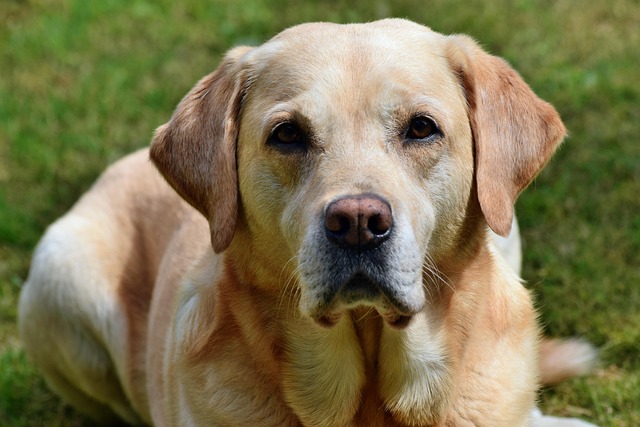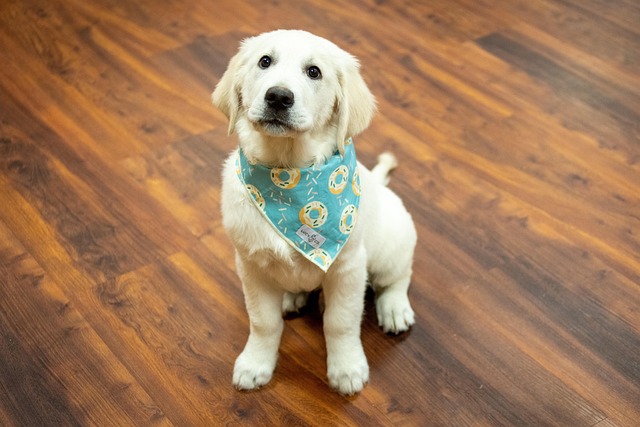
how many times a day can i give my dog hemp oil
Last weekend, I ran into Lena, a first-time dog owner, at the pet supply store near my apartment. She was holding a bottle of hemp oil and staring
I was chatting with my neighbor Lisa last week when her 10-year-old Cocker Spaniel, Ruby, darted under the couch at the sound of a passing lawnmower. “She never used to care about that,” Lisa sighed. “Do dogs just get more scared as they get older?” If you’re a new U.S. dog owner watching your once-chill senior pup startle at thunder, hide from strangers, or hesitate to walk down familiar hallways, this question has probably crossed your mind. The short answer? Yes, many dogs do become more fearful with age—but it’s not “just getting old”—it’s almost always tied to invisible, treatable changes in their bodies or brains.
To understand why, let’s break down the age-related shifts that crank up a senior dog’s wariness. First, sensory decline: As dogs age, their vision gets cloudy (cataracts) and hearing fades—sudden sounds (like a dropped pan) or blurry shapes (a stranger’s bag) feel threatening because they can’t tell what’s safe. Second, cognitive changes: Up to 50% of dogs over 11 develop Cognitive Dysfunction Syndrome (CDS), like doggy dementia. CDS messes with their memory and sense of familiarity, so a favorite chair moved two feet becomes a scary obstacle. Third, physical pain: Arthritis, dental issues, or joint stiffness make even small stressors feel worse—if moving toward a new person hurts, they’ll associate that person with pain and act scared. Finally, their bodies process stress hormones (like cortisol) slower, so a “minor” scare (a new dog on the block) lingers longer than it would in a younger pup. Ruby’s vet later found she had early cataracts and mild arthritis—her fear of loud noises was partly because she couldn’t see what was making them, and moving to hide hurt less than staying out in the open.

If your senior dog is getting more scared, here’s what to do first: Visit the vet immediately. Many “fear” signs are actually symptoms of undiagnosed pain or illness—for example, a UTI can make a dog irritable and jumpy, not just uncomfortable. Once health issues are ruled out, tweak their environment to reduce uncertainty: Add nightlights for vision-impaired pups (dark hallways feel less scary), swap their bed for an orthopedic one (less pain = less anxiety), and stick to a strict routine (same feeding, walk, and bedtime—predictability calms CDS-related confusion). When they seem scared, never force them to “face their fear” (like dragging them out from under the couch)—this violates U.S. animal welfare standards and deepens their anxiety. Instead, give them a “safe space” (a crate with blankets) and toss treats near (not at) the scary trigger to build positive associations.
For apartment living, use a pheromone diffuser (like Adaptil) to calm them without loud noises or strong scents that bother neighbors. When walking, keep routes short and avoid crowded parks during peak hours—fast-moving kids or bikes overwhelm scared seniors. Always carry extra poop bags (cities like Los Angeles fine $250 for leaving messes) and confirm their rabies vaccine is up to date (required nationwide). Culturally, U.S. pet owners know senior dogs need grace over “fixes”: Ruby still hides from lawnmowers, but with cataract drops, a orthopedic bed, and Lisa sitting with her during loud noises, she’s far less stressed.
Senior dog fear isn’t a sign of “weakness”—it’s their way of saying, “My world feels different now.” By tuning into their needs, checking for health issues, and keeping their environment gentle, you’ll help them feel safe again.

Last weekend, I ran into Lena, a first-time dog owner, at the pet supply store near my apartment. She was holding a bottle of hemp oil and staring

Walks around the neighborhood after work are a common routine for many dog owners, but squeezing in just 30 minutes might not cut it for every pup.

I sat with my friend Clara last summer as her 4-year-old Labrador, Cooper, lay listlessly on her apartment floor—three days after he’d suffered heat stroke at a park picnic.

I was at a Florida park last August when I noticed a woman frantically waving for help—her 3-year-old Golden Retriever, Daisy, was lying on the asphalt

I rushed over to my friend Mia’s apartment last month after she texted, panic-stricken: Her 10-week-old German Shepherd puppy

If you’ve just brought home a fluffy long-haired pup—maybe a Golden Retriever or a Shih Tzu—you’ve probably wondered how to keep their coat from turning into a matted mess.